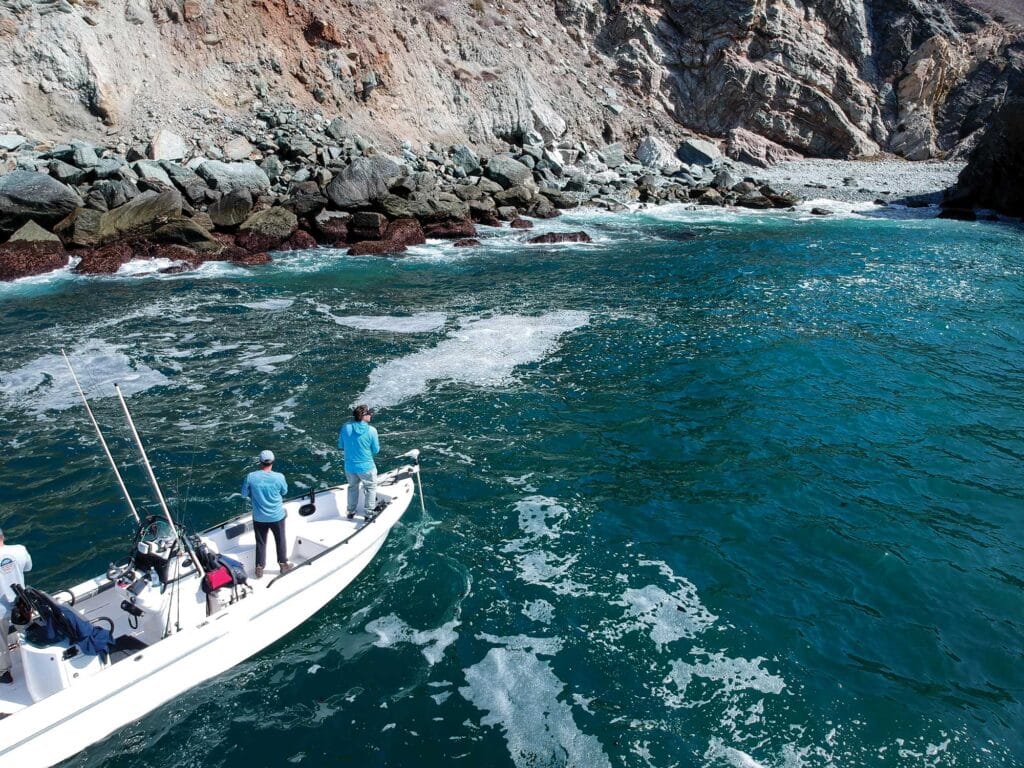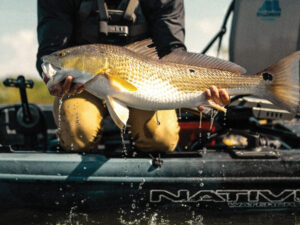
Capt. Jimmy Decker, owner and operator of Fishing with Decker, has specialized in inshore and island fishing with artificial lures along the California coastline since 2000. Though the tournament-winning angler and father of seven is capable of catching anything that swims, wherever they might swim, he really enjoys working the inshore kelp beds. The mixed bag action that they provide always leaves his clients, and himself, smiling. Want to get in on this exciting fishery? Consider what Capt. Decker looks for in a boat to hit the kelp beds, islands, and other structure, though he will target everything up to and including billfish on the same vessel.
Size
“When it comes to inshore fishing, I prefer a boat in the 20-to-24-foot range, with enough of a V to knock down the chop. That offers plenty of seaworthiness on the inshore grounds, with the ability to go a bit farther under the right conditions. I fish everything on my Everglades 243CC: yellowtail, striped marlin, whatever. If you need more space, you can always step up to 26-footer. Robalo 226 Cayman and Caymas 26HB are also good choices for this fishery.”
T-tops
“While many like the shade and storage that a T-top provides, I prefer an open boat. I don’t do a lot of baitfishing, and not having a top in the way gives anglers plenty of room to cast. If you will primarily be using artificials, consider ditching the top.”
Trolling Motors
“I use my trolling motor quite frequently. The virtual-anchor feature is useful, but I use the trolling motor to run along the edge of the kelp beds or to work a shoreline. A 24-volt, 80-pound-thrust unit should be good for boats up to 22 feet, but go to a 36-volt system for larger boats. Wireless controls are great. And the longer the shaft, the better.”
Electronics
“I run three Simrad NSX multifunction display units on my boat, connected to a 1,000-watt Airmar chirp through-hull transducer. Once you get a through-hull transducer, you won’t go back. I can hit bottom at 1,200 feet at 30 knots. I also have poor man’s radar, or AIS, on my boat. I don’t run in the fog, but the AIS lets me know where the other vessels, particularly big commercial ships, are. It’s no secret that you can catch fish hanging out around the big boats.”
Mapping
“Shaded relief charts help cut the learning curve on new spots. Though I found my spots through years of trial and error, you can easily see holes and structure that were previously hard to see with shaded relief.”









